John Kenkel1566705193, 9781566705196
Table of contents :
Analytical Chemistry for Technicians, Third Edition……Page 1
Dedication……Page 3
Preface……Page 4
Acknowledgments……Page 5
The Author……Page 7
Safety in the Analytical Laboratory……Page 8
Contents……Page 10
1.1 Analytical Science Defined……Page 24
Table of Contents……Page 0
1.2 Classifications of Analysis……Page 25
1.3 The Sample……Page 26
1.5 Analytical Technique and Skills……Page 27
1.6 The Laboratory Notebook……Page 30
1.7.1 Errors……Page 32
1.7.2 Elementary Statistics……Page 33
1.7.3 Normal Distribution……Page 34
1.7.4 Precision, Accuracy, and Calibration……Page 35
1.7.5 Statistical Control……Page 36
Experiment 1: Assuring the Quality of Weight Measurements……Page 37
Questions and Problems……Page 38
2.2 Obtaining the Sample……Page 40
2.3 Statistics of Sampling……Page 42
2.4.2 Maintaining Sample Integrity……Page 43
2.5 Sample Preparation: Solid Materials……Page 45
2.5.3 Solid–Liquid Extraction……Page 46
2.5.4 Other Extractions from Solids……Page 47
2.5.5 Total Dissolution……Page 48
2.6.1 Extraction from Liquid Solutions……Page 51
2.6.2 Dilution, Concentration, and Solvent Exchange……Page 52
2.7 Reagents Used in Sample Preparation……Page 53
Experiment 3: A Study of the Dissolving Properties of Water, Some Common Organic Liquids, and Laboratory Acids……Page 54
Questions and Problems……Page 56
3.3 The Balance……Page 59
3.4 Calibration and Care of Balances……Page 61
3.6.1 Physical Separation Methods and Calculations……Page 62
3.6.1.1 Loss on Drying……Page 63
3.6.1.3 Residue on Ignition……Page 65
3.6.1.4 Insoluble Matter in Reagents……Page 66
3.6.1.5 Solids in Water and Wastewater……Page 67
3.6.1.6 Particle Size by Analytical Sieving……Page 68
3.6.3 Gravimetric Factors……Page 70
3.6.4 Using Gravimetric Factors……Page 72
3.7.1 Weighing Bottles……Page 73
3.7.3 Isolating and Weighing Precipitates……Page 74
Experiment 4: Practice of Gravimetric Analysis Using Physical Separation Methods……Page 76
Experiment 5: The Percent of Water in Hydrated Barium Chloride……Page 78
Experiment 6: The Gravimetric Determination of Sulfate in a Commercial Unknown……Page 79
Experiment 7: The Gravimetric Determination of Iron in a Commercial Unknown……Page 81
Questions and Problems……Page 83
4.2 Terminology……Page 87
4.3.1 Molarity……Page 89
4.3.2 Normality……Page 90
4.4.1 Solid Solute and Molarity……Page 92
4.4.2 Solid Solute and Normality……Page 93
4.5 Stoichiometry of Titration Reactions……Page 94
4.6.1 Standardization Using a Standard Solution……Page 95
4.6.2 Standardization Using a Primary Standard……Page 97
4.7 Percent Analyte Calculations……Page 99
4.8.1 The Volumetric Flask……Page 101
4.8.2 The Pipet……Page 104
4.8.3 The Buret……Page 108
4.8.4 Cleaning and Storing Procedures……Page 109
4.9.2 Pipetters……Page 110
4.9.4 Digital Burets and Automatic Titrators……Page 111
4.11 Analytical Technique……Page 112
Experiment 8: Preparation and Standardization of HCl and NaOH Solutions……Page 114
Questions and Problems……Page 115
5.2 Acid–Base Titrations and Titration Curves……Page 120
5.2.2 Titration of Weak Monoprotic Acids……Page 121
5.2.4 Equivalence Point Detection……Page 122
5.2.5 Titration of Polyprotic Acids: Sulfuric Acid and Phosphoric Acid……Page 124
5.2.7 Titration of Tris-(hydroxymethyl)amino Methane……Page 126
5.2.8 Titration of Sodium Carbonate……Page 127
5.2.9 Alkalinity……Page 128
5.2.10 Back Titrations……Page 129
5.2.11 The Kjeldahl Method for Protein……Page 130
5.2.12 Buffering Effects and Buffer Solutions……Page 134
5.3.2 Complex Ion Terminology……Page 138
5.3.3 EDTA and Water Hardness……Page 141
5.3.4.1 Solution Preparation……Page 144
5.3.5 Water Hardness Calculations……Page 145
5.4.1 Review of Basic Concepts and Terminology……Page 148
5.4.2 The Ion-Electron Method for Balancing Equations……Page 151
5.4.3 Analytical Calculations……Page 152
5.4.4.1 Potassium Permanganate……Page 153
5.4.4.2 Iodometry: An Indirect Method……Page 154
5.5 Other Examples……Page 155
Experiment 11: Titrimetric Analysis of a Commercial Soda Ash Unknown for Sodium Carbonate……Page 156
Experiment 12: Determination of Protein in Macaroni by the Kjeldahl Method……Page 157
Experiment 13: Analysis of Antacid Tablets……Page 158
Experiment 14: Determination of Water Hardness……Page 159
Questions and Problems……Page 160
6.1 Review of the Analytical Strategy……Page 169
6.2 Instrumental Analysis Methods……Page 171
6.3.1 Sensors, Signal Processors, Readouts, and Power Supplies……Page 173
6.3.2 Some Basic Principles of Electronics……Page 174
6.4 Details of Calibration……Page 177
6.4.1 Thermocouples: An Example of a Calibration……Page 178
6.4.2 Calibration of an Analytical Instrument……Page 179
6.4.3 Mathematics of Linear Relationships……Page 180
6.4.4 Method of Least Squares……Page 181
6.5 Preparation of Standards……Page 182
6.6.2 Sample Blanks……Page 183
6.7 Effects of Sample Pretreatment on Calculations……Page 184
6.8.1 Data Acquisition……Page 186
Experiment 15: Voltage, Current, and Resistance……Page 187
Experiment 16: Checking the Calibration of a Temperature Sensor……Page 190
Experiment 17: Working with an Instrumentation Amplifier……Page 191
Experiment 18: Use of a Computer in Laboratory Analysis……Page 194
Questions and Problems……Page 195
7.2 Characterizing Light……Page 199
7.2.1 Wavelength, Speed, Frequency, Energy, and Wavenumber……Page 200
7.3 The Electromagnetic Spectrum……Page 204
7.4.1 Brief Summary……Page 205
7.4.2 Atoms vs. Molecules and Complex Ions……Page 207
7.4.3 Absorption Spectra……Page 208
7.4.4 Light Emission……Page 211
7.5 Absorbance, Transmittance, and Beer’s Law……Page 213
7.6 Effect of Concentration on Spectra……Page 216
Experiment 19: Colorimetric Analysis of Prepared and Real Water Samples for Iron……Page 217
Experiment 21: The Determination of Phosphorus in Environmental Water……Page 218
Questions and Problems……Page 219
8.2.1 Sources……Page 224
8.2.2 Wavelength Selection……Page 225
8.2.2.2 Monochromators……Page 226
8.2.3 Sample Compartment……Page 228
8.2.3.2 Beamsplitting and Chopping……Page 229
8.2.3.3 Double-Beam Designs……Page 230
8.2.5 Diode Array Instruments……Page 231
8.3 Cuvette Selection and Handling……Page 232
8.4.2 Deviations……Page 233
8.4.4 Troubleshooting……Page 234
8.5 Fluorometry……Page 235
8.6 Introduction to IR Spectrometry……Page 237
8.7 IR Instrumentation……Page 238
8.8.1 Liquid Sampling……Page 239
8.9.2 Thin Film Formed by Solvent Evaporation……Page 244
8.9.4 Nujol Mull……Page 245
8.9.5.2 Internal Reflectance……Page 247
8.9.6 Gas Sampling……Page 248
8.10 Basic IR Spectra Interpretation……Page 249
8.11 Quantitative Analysis……Page 252
Experiment 23: Determination of Nitrate in Drinking Water by UV Spectrophotometry……Page 253
Experiment 25: Qualitative Analysis by Infrared Spectrometry……Page 254
Experiment 27: Identifying Minor Components of Commercial Solvents……Page 255
Questions and Problems……Page 256
9.1 Review and Comparisons……Page 263
9.2 Brief Summary of Techniques and Instrument Designs……Page 264
9.3.1 Flames and Flame Processes……Page 266
9.3.2 Spectral Line Sources……Page 267
9.3.2.1 Hollow Cathode Lamp……Page 268
9.3.3 Premix Burner……Page 269
9.3.4 Optical Path……Page 271
9.3.5.1 Slits and Spectral Lines……Page 272
9.3.5.3 Lamp Alignment……Page 273
9.3.6.1 Chemical Interferences……Page 274
9.4.1 General Description……Page 276
9.5 Inductively Coupled Plasma……Page 279
9.6.1 Flame Photometry……Page 283
9.6.5 Atomic Fluorescence……Page 284
9.7 Summary of Atomic Techniques……Page 285
Experiment 30: Verifying Optimum Instrument Parameters for Flame AA……Page 286
Experiment 32: The Analysis of Snack Chips for Sodium by Atomic Absorption……Page 288
Experiment 34: The Determination of Sodium in Soda Pop……Page 289
Questions and Problems……Page 290
10.1 Introduction to X-Ray Methods……Page 293
10.2 X-Ray Diffraction Spectroscopy……Page 294
10.3.2 Applications……Page 298
10.4.1 Introduction……Page 299
10.4.2 Instrumentation……Page 300
10.4.3 The NMR Spectrum……Page 302
10.4.3.1 Chemical Shifts……Page 303
10.4.3.2 Peak Splitting and Integration……Page 304
10.5.3 The Magnetic Sector Mass Spectrometer……Page 305
10.5.5 The Time-of-Flight Mass Spectrometer……Page 306
10.5.6 Mass Spectra……Page 307
10.5.7 Mass Spectrometry Combined with Inductively Coupled Plasma……Page 308
10.5.8 Mass Spectrometry Combined with Instrumental Chromatography……Page 310
Questions and Problems……Page 312
11.2 Recrystallization……Page 317
11.3 Distillation……Page 318
11.4.2 The Separatory Funnel……Page 320
11.4.3 Theory……Page 322
11.4.4 Percent Extracted……Page 323
11.4.6 Evaporators……Page 324
11.5 Solid–Liquid Extraction……Page 325
11.6 Chromatography……Page 328
11.7.1 Partition Chromatography……Page 329
11.7.2 Adsorption Chromatography……Page 330
11.7.4 Size Exclusion Chromatography……Page 331
11.8.1 Paper and Thin-Layer Chromatography……Page 333
11.8.2 Classical Open-Column Chromatography……Page 335
11.8.3 Instrumental Chromatography……Page 336
11.8.4 The Instrumental Chromatogram……Page 337
11.8.5 Quantitative Analysis with GC and HPLC……Page 342
11.9.1 Introduction……Page 343
11.9.2 Paper Electrophoresis……Page 344
11.9.3 Gel Electrophoresis……Page 345
Experiment 35: Extraction of Iodine with Heptane……Page 346
Experiment 37: Solid–Liquid Extraction: Determination of Nitrite in Hot Dogs……Page 347
Experiment 38: The Thin-Layer Chromatography Analysis of Cough Syrups for Dyes……Page 348
Questions and Problems……Page 349
12.1 Introduction……Page 354
12.3 Sample Injection……Page 356
12.4.1 Instrument Logistics……Page 358
12.4.2 Packed, Open-Tubular, and Preparative Columns……Page 359
12.4.3 The Nature and Selection of the Stationary Phase……Page 361
12.5.1 Column Temperature……Page 362
12.6 Detectors……Page 364
12.6.1 Thermal Conductivity……Page 365
12.6.2 Flame Ionization Detector……Page 366
12.6.3 Electron Capture Detector……Page 367
12.6.7 GC-MS and GC-IR……Page 368
12.7 Qualitative Analysis……Page 369
12.8.2 The Response Factor Method……Page 370
12.8.3 Internal Standard Method……Page 371
12.9.1 Diminished Peak Size……Page 372
12.9.3 Altered Retention Times……Page 373
12.9.6 Appearance of Unexpected Peaks……Page 374
Experiment 40: A Qualitative Gas Chromatographic Analysis of a Prepared Sample……Page 375
Experiment 42: The Determination of Ethanol in Wine by Gas Chromatography and the Internal Standard Method……Page 376
Experiment 44: A Study of the Effect of the Changing of GC Instrument Parameters on Resolution……Page 377
Questions and Problems……Page 378
13.1.2 Comparisons with GC……Page 384
13.2 Mobile Phase Considerations……Page 385
13.3.1 Pumps……Page 388
13.3.2 Gradient vs. Isocratic Elution……Page 389
13.4 Sample Injection……Page 390
13.5.1 Normal Phase Columns……Page 391
13.5.3 Adsorption Columns……Page 392
13.5.4 Ion Exchange and Size Exclusion Columns……Page 393
13.5.5 Column Selection……Page 394
13.6.1 UV Absorption……Page 395
13.6.3 Fluorescence……Page 396
13.6.4 Refractive Index……Page 397
13.6.5.1 Conductivity……Page 398
13.6.5.2 Amperometric……Page 399
13.6.6 LC-MS and LC-IR……Page 400
13.7 Qualitative and Quantitative Analyses……Page 401
13.8.4 Air Bubbles……Page 402
Experiment 46: The Quantitative Determination of Methyl Paraben in a Prepared Sample by HPLC……Page 403
Experiment 48: Designing an Experiment for Determining Caffeine in Coffee and Tea……Page 405
Questions and Problems……Page 406
14.1 Introduction……Page 410
14.2 Transfer Tendencies: Standard Reduction Potentials……Page 411
14.4 The Nernst Equation……Page 414
14.5.1.1 The Saturated Calomel Reference Electrode……Page 416
14.5.2.1 The pH Electrode……Page 418
14.5.2.2 The Combination pH Electrode……Page 419
14.5.2.3 Ion-Selective Electrodes……Page 420
14.5.3 Other Details of Electrode Design……Page 421
14.5.5 Potentiometric Titrations……Page 422
14.6.2 Amperometry……Page 424
14.7 Karl Fischer Titration……Page 425
14.7.3 The Volumetric Method……Page 426
Experiment 50: Determination of the pH of Soil Samples……Page 428
Experiment 51: Red Cabbage Extract, the pH Electrode, and PowerPoint: A Group Project and Oral Presentation……Page 429
Experiment 52: Potentiometric Titration of Phosphoric Acid in Soda Pop……Page 430
Experiment 53: Operation of Metrohm Model 701 Karl Fischer Titrator (for Liquid Samples)……Page 431
Questions and Problems……Page 432
15.2.1 Introduction……Page 435
15.2.4 Capillary Viscometry……Page 436
15.2.5 Rotational Viscometry……Page 438
15.3.2 DTA and DSC……Page 440
15.3.3 DSC Instrumentation……Page 442
15.4 Refractive Index……Page 443
15.5 Optical Rotation……Page 446
15.6.1 Introduction to Density……Page 448
15.6.3 The Density of Irregularly Shaped Solids……Page 449
15.6.4 The Density of Liquids……Page 450
15.6.6 Specific Gravity……Page 452
15.6.7 Hydrometers……Page 453
15.6.9 Density Gradient Columns……Page 454
15.7.2 Sieves and Screen Analysis……Page 455
15.7.3 Data Handling and Analysis……Page 456
15.7.4 Histogram Representation……Page 457
15.7.5 Fractional and Cumulative Representations……Page 458
15.7.7 Electrozone Sensing……Page 461
15.8.1 Impact Testing……Page 463
15.9.1 Introduction……Page 466
15.9.2 The Stress–Strain Diagram……Page 467
15.10.1 Introduction……Page 468
15.10.2 Simple Hardness Tests……Page 469
15.10.3 Indentation Hardness Tests……Page 470
15.10.6 The Knoop Microhardness Test……Page 471
Experiment 54: Capillary Viscometry……Page 472
Experiment 56: Measuring Refractive Index……Page 473
Experiment 57: Particle Size Analysis……Page 474
Experiment 58: Tensile Testing of Polymers Using a Homemade Tester……Page 476
Questions and Problems……Page 477
16.2.1 Carbohydrates……Page 480
16.2.2 Lipids……Page 482
16.2.3.2 Peptides……Page 484
16.2.3.3 Proteins: Primary Structure……Page 485
16.2.3.5 Proteins: Tertiary Structure……Page 486
16.2.4 Nucleic Acids……Page 487
16.3.2 Electrophoresis……Page 490
16.3.3 Chromatography……Page 491
16.3.3.3.1 Columns……Page 492
16.3.3.3.3 Other Considerations……Page 494
Experiment 59: Qualitative Testing of Food Products for Carbohydrates……Page 495
Experiment 60: Fat Extraction and Determination……Page 496
Experiment 61: Identification of Amino Acids in Food by Paper Chromatography……Page 497
Experiment 63: HPLC Separation of Nucleotides……Page 498
Experiment 65: Restriction Endonuclease Cleavage of DNA……Page 499
Experiment 66: Separation of Restriction Enzyme Digestion Fragments via Horizontal Agarose Gel Electrophoresis……Page 500
Questions and Problems……Page 501
A1.1 General Provisions……Page 502
A1.3 Facilities……Page 504
A1.6 Test, Control, and Reference Substances……Page 505
A1.9 Disqualification of Testing Facilities……Page 506
Appendix 2: Significant Figure Rules……Page 507
Appendix 3: Stoichiometric Basis for Gravimetric Factors……Page 509
Appendix 4: Solution and Titrimetric Analysis Calculation Formulas……Page 510
Appendix 5: Answers to Questions and Problems……Page 513
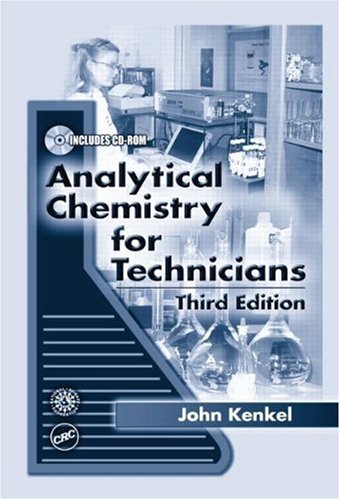

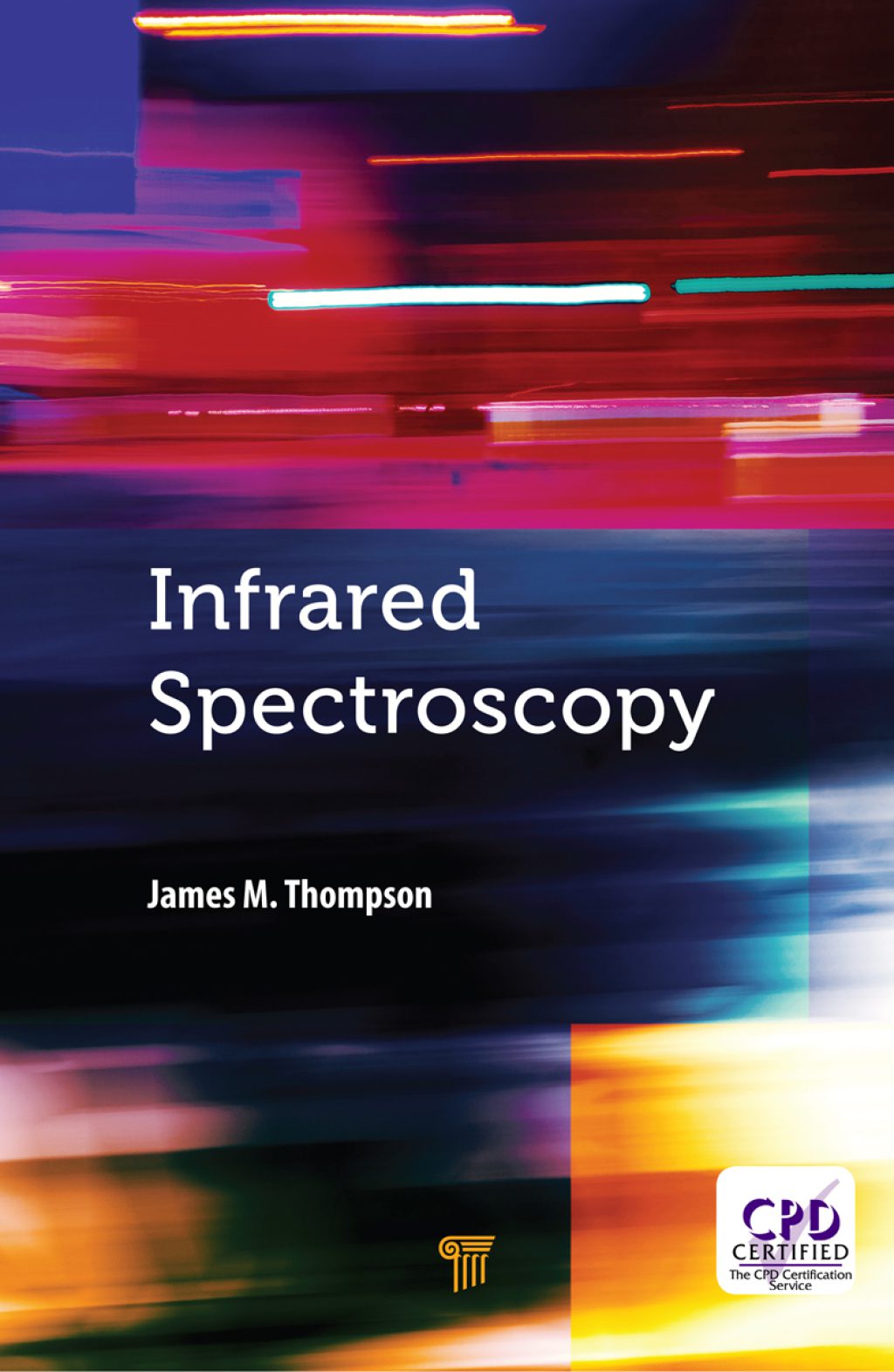

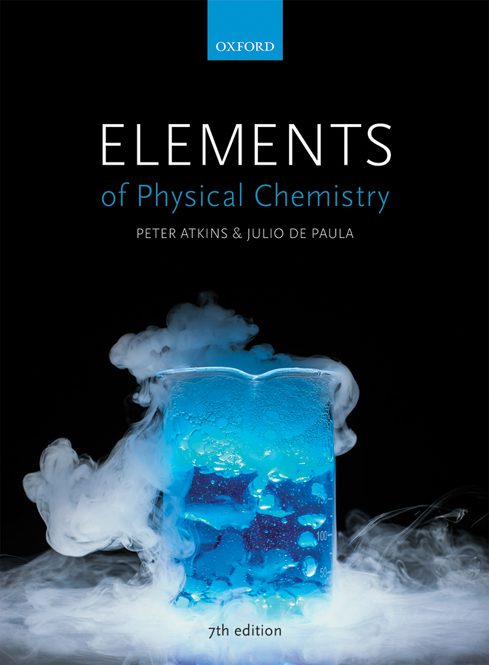
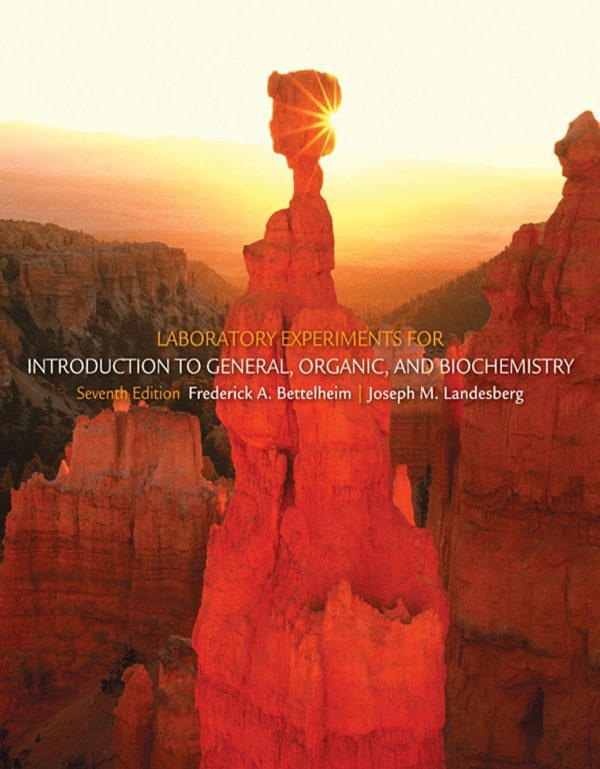
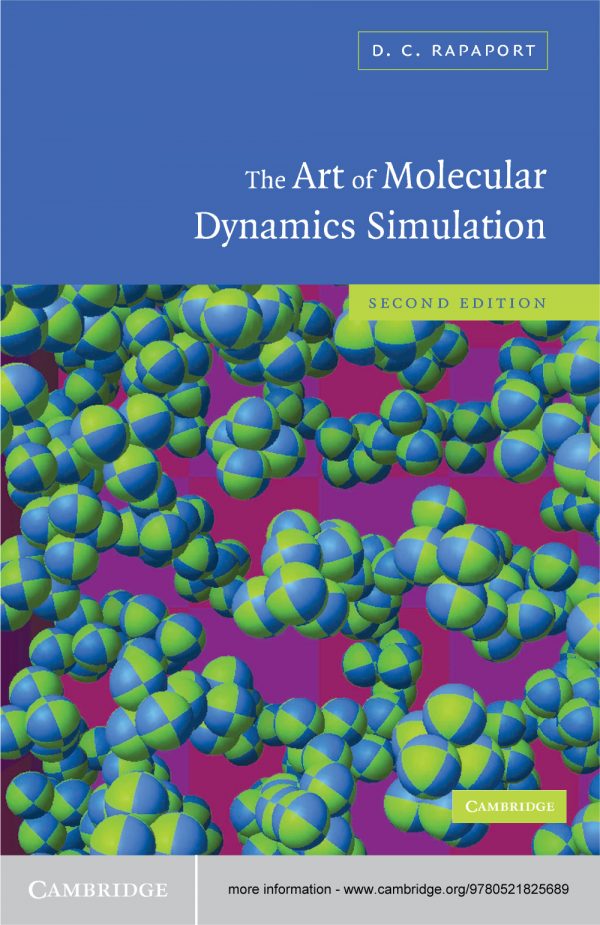
Reviews
There are no reviews yet.